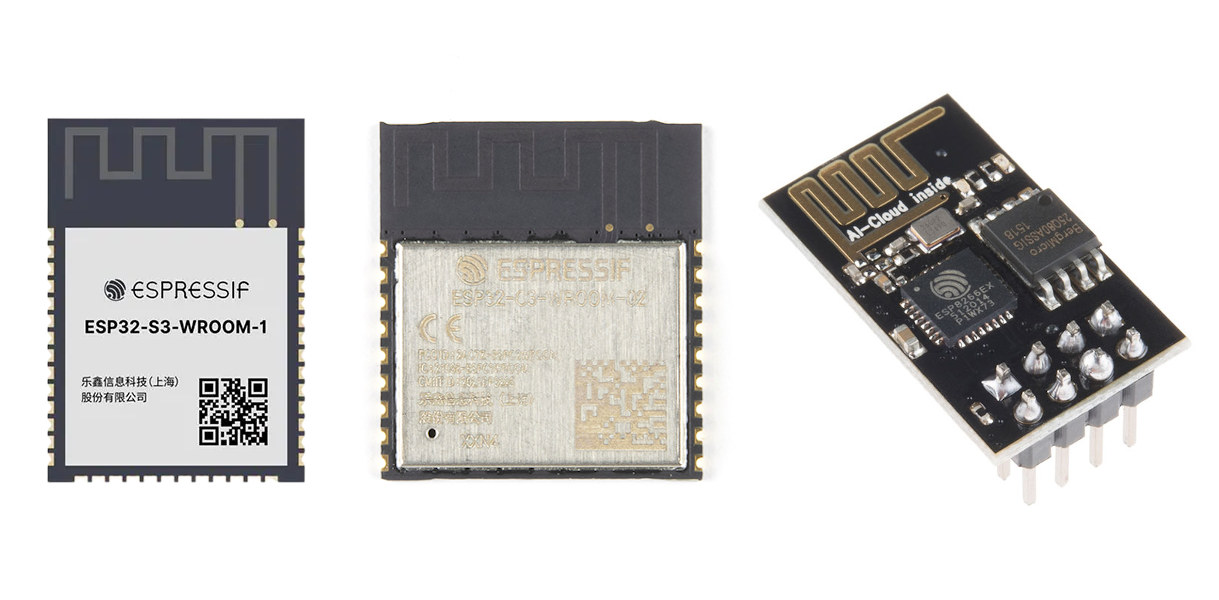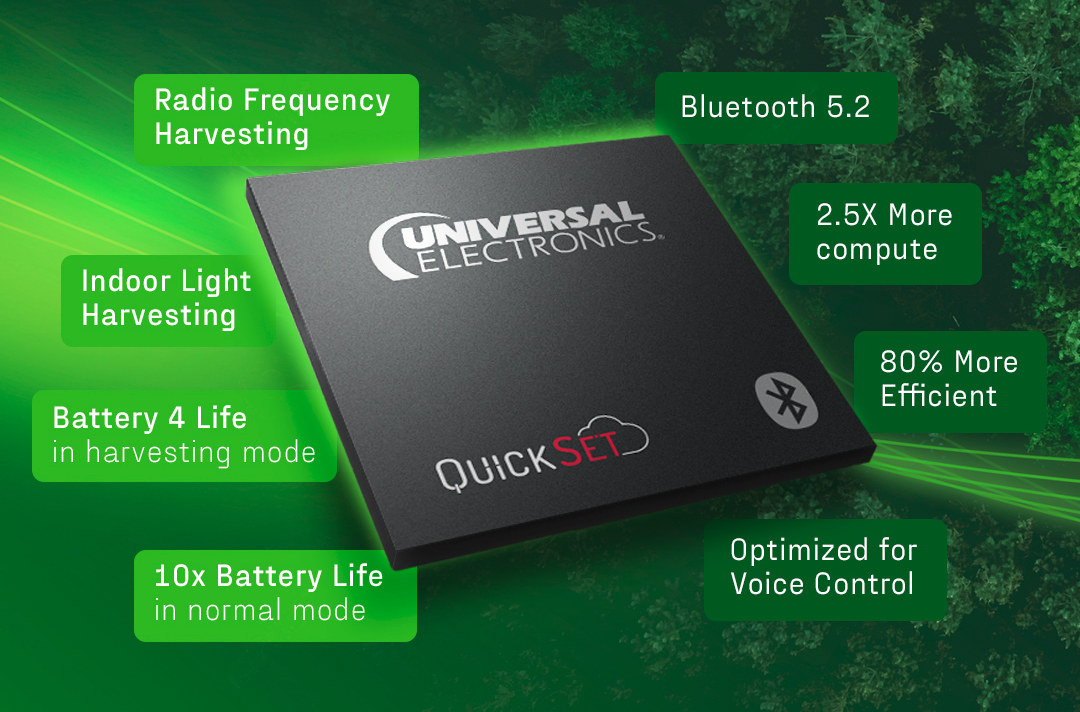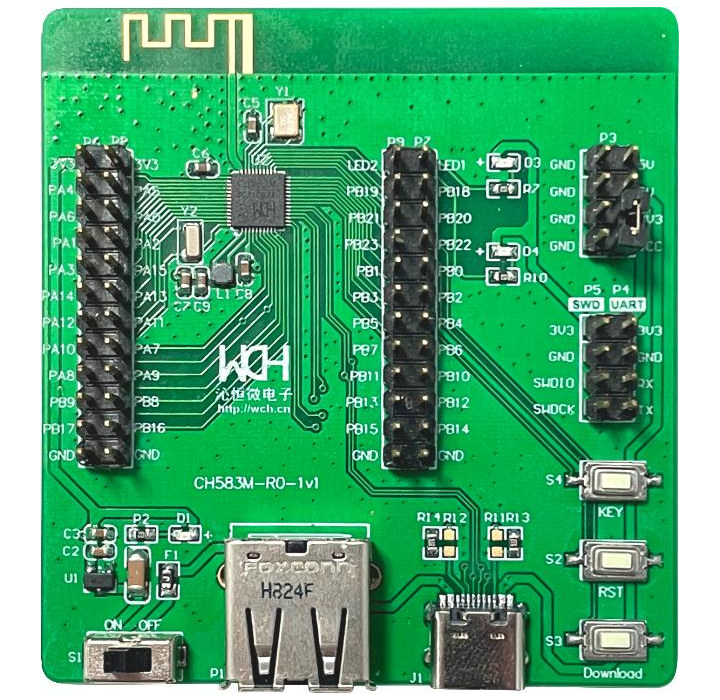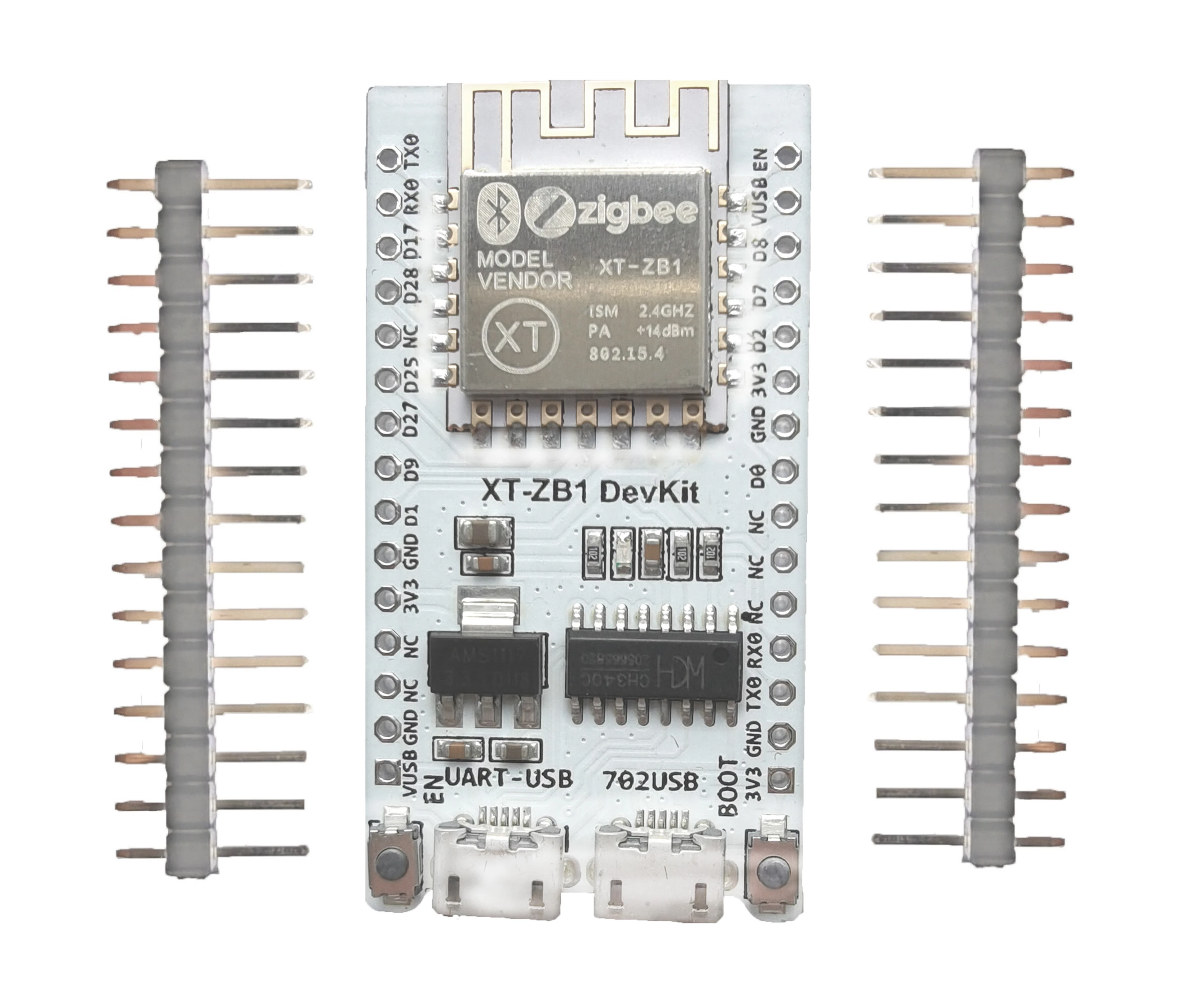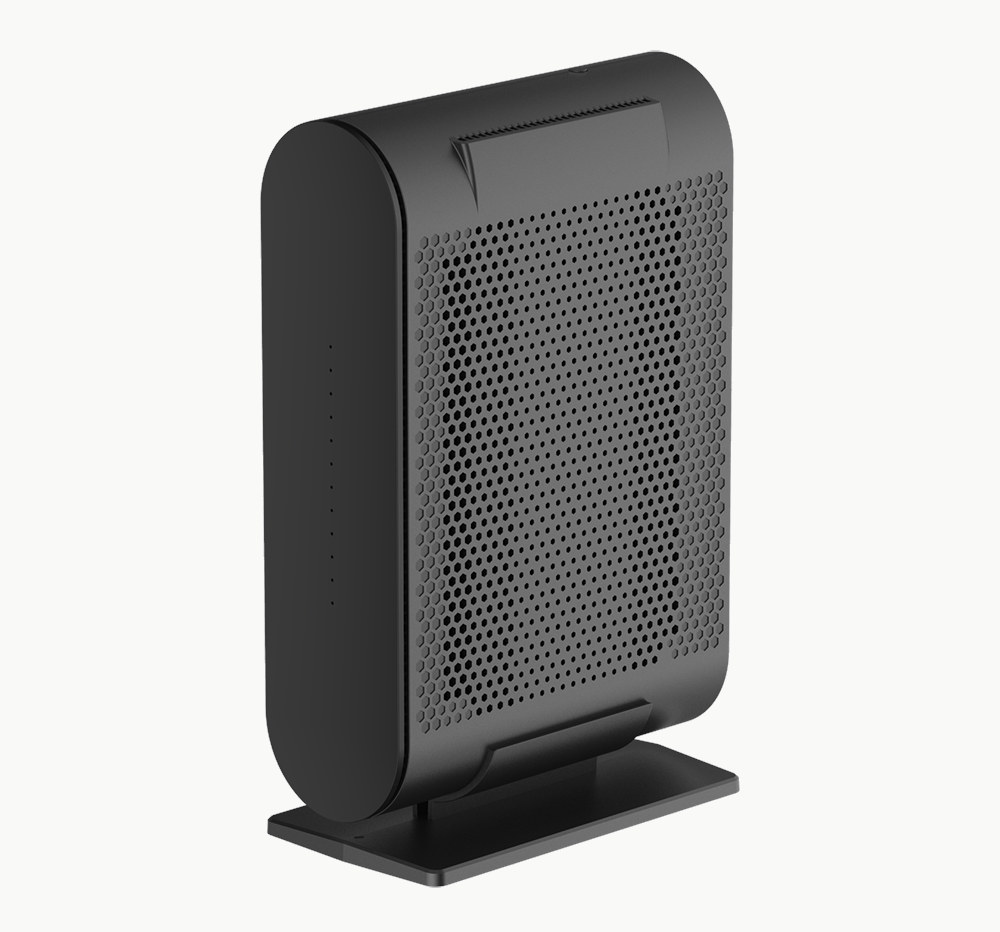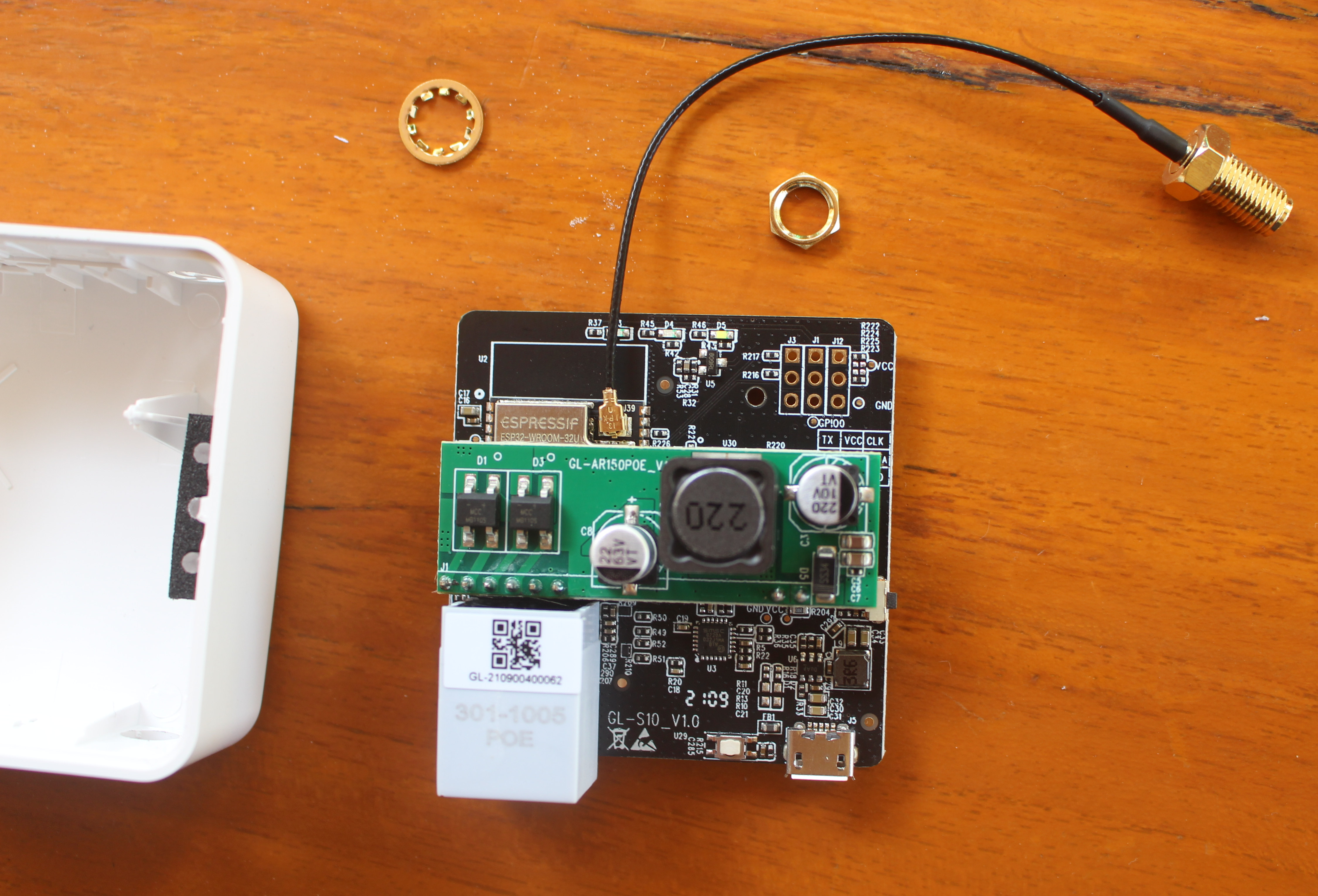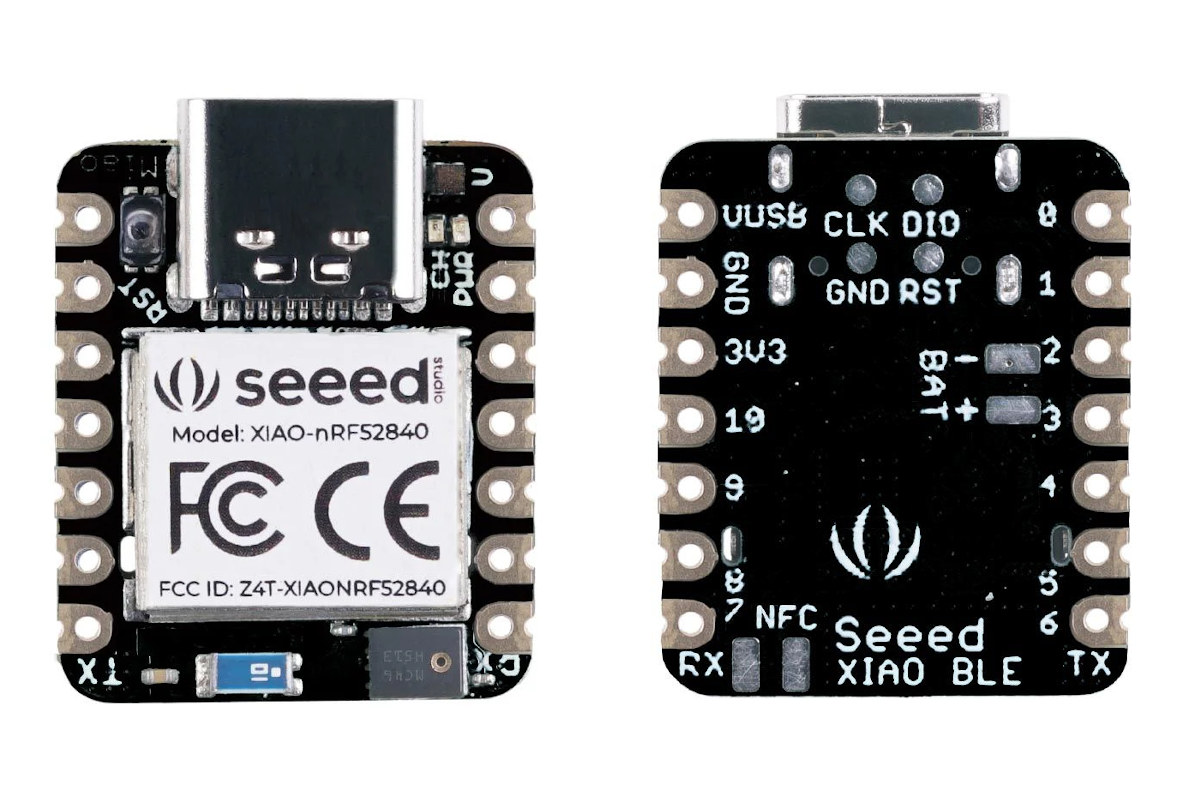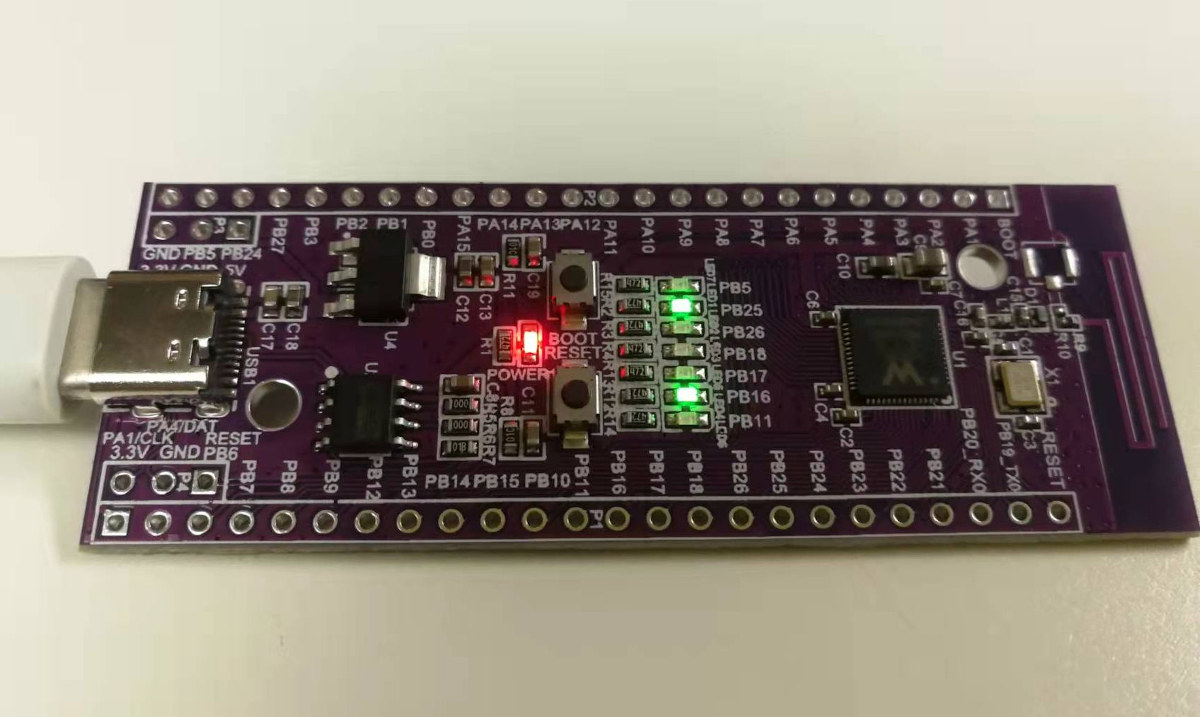The ESP32-S3 chip is equipped with an Xtensa 32-bit LX7 dual-core processor clocked at up to 240 MHz, supports 2.4 GHz Wi-Fi and Bluetooth 5 LE, and boasts AI instructions, as well as a reliable security encryption engine, specially built for the AIoT market. Modules based on the ESP32-S3 processor bring many benefits to designers with support for Bluetooth Long Range mode, plenty of resources with 512 KB SRAM (TCM), 45 programmable GPIO pins, and rich communication interfaces. They can also handle high-speed Octal SPI flash with higher capacities, as well as off-chip PSRAM. So, what are the differences between the new ESP32-S3 modules, and typical ESP32-C3 and ESP8266 modules? Let’s find out. Jean-Luc Aufranc (CNXSoft)Jean-Luc started CNX Software in 2010 as a part-time endeavor, before quitting his job as a software engineering manager, and starting to write daily news, and reviews full time later in 2011. www.cnx-software.com
“Extreme low power” chip with energy harvesting provides lifetime battery solution for remote controls
Most people probably don’t mind changing batteries in remote controls every so often, but it contributes to e-waste especially if you’re not using rechargeable batteries, and I always find it’s pain as I don’t usually have stock, or don’t feel like waiting for several hours to recharge the batteries. Universal Electronics Inc, or UEI for shorts, claims to have a solution with a family of QuickSet-certified chips using “Extreme Low-Power”, energy-harvesting and “high-performance technology” that would provide lifetime battery life to Bluetooth, voice remote controls. The main goal is “to help transition the world towards a more sustainable future, by reducing primary battery waste throughout the life of the product, which in turn reduces the cumulative CO2 footprint”. We don’t have a lot of information about the chip, but the company provides some of the key benefits of the Bluetooth 5.2 SoC: Arm-based with Trustzone security Up to 2.5 times […]
CH583 RISC-V microcontroller supports Bluetooth 5.3 LE
Following up on the CH572 RISC-V BLE microcontroller with 10KB SRAM, WCH has now introduced the CH583 RISC-V microcontroller with 32KB SRAM, 1 MB flash, and support for the latest Bluetooth 5.3 LE standard. The new microcontroller also offers a wide range of peripherals with two USB host/device interfaces, up to 40 GPIOs, four UART, two SPI, one I2C, up to 14 ADC interfaces, and more. WCH also offers CH581 and CH582 microcontrollers with a different minimum input voltage, less storage (256KB for CH581) and/or peripherals. CH581, CH582, CH583 specifications: MCU core – 32-bit RISC processor WCH RISC-V4A with RV32IMAC instruction set Memory – 32 KB SRAM Storage – 512KB non-volatile storage FlashROM: 448KB user application program memory area CodeFlash 32KB user non-volatile data memory area DataFlash 24KB system boot program memory area BootLoader 8KB system non-volatile configuration information memory area InfoFlash BLE Connectivity Bluetooth Low Energy (BLE) v5.3 Integrated […]
$1.8 XT-ZB1 Zigbee & BLE devkit features BL702 RISC-V module
Bouffalo Labs BL702 is a 32-bit RISC-V microcontroller with a 2.4 GHz radio for Zigbee 3.0 and Bluetooth 5.0 LE connectivity that we first found in the Sipeed RV-Debugger Plus UART & JTAG debug board that did not make use of the radio at all. But a BL702 development kit was brought to my attention, with the XT-ZB1 devkit equipped with a Zigbee & BLE module of the same name, and sold for just $1.80 per unit on Aliexpress. Shipping adds $4.63 where I live, but they also offer packs of 5 or 10 with the same shipping fee, meaning if you buy 10 the total cost should be around $22 including shipping, or around $2.2 per board. Alternatively, the module alone goes for $1. XT-ZB1 devkit specifications: XT-ZB1 wireless module with MCU – BL702C 32-bit RISC-V microcontroller @ 144 MHz with FPU, 132KB RAM, 192KB ROM, 1Kbit eFuse Storage […]
Dual 10GbE router supports WiFi 6 (AX3600)
We’ve just written about a Qualcomm IPQ8072A SBC/reference design with two 10GbE ports and WiFi 6 that’s good for companies wanting to design their own system, but if you’re looking for a dual 10GbE router there are already options, notably QNAP QHora-310W sold for $329 on Amazon. But another dual 10GbE router with WiFi 6 was brought to my attention from a company I had never heard of. Acelink BR-6889AX is a WiFi 6 “AX3600 4T4R 10GE Router” based on Qualcomm IPQ8072A processor that’s suitable for the connected home and office networks including WFH use cases. Acelink BR-6889AX specifications: SoC – Qualcomm Hawkeye IPQ8072A quad-core Cortex A53 @ 2.2GHz with dual-core multi-threaded network accelerator, In-line security engine System Memory – 512 MB DDR3 (2x 256MB) Storage – 4MB SPI NOR flash, 128MB NAND flash Networking Wired 2x 100/1,000/2,500/5,000/10,000Mbps BASE-T Ethernet (RJ45) ports with Link/Act, Speed LED 3x 10/100/1,000Mbps BASE-T Ethernet […]
Review of an ESP32-based BLE to MQTT gateway – Part 1: GL.inet GL-S10 unboxing and teardown
GL.inet introduced the GL-S10 BLE to MQTT IoT gateway last month with an ESP32 module offering WiFi and Bluetooth connectivity, as well as Ethernet and PoE support. I got offered a sample for review, and just received it together with the optional BLE beacon. So today, I’ll first have a look at the content, and check out the hardware with a teardown. GL.inet GL-S10 unboxing The package shows us the main features with Bluetooth LE 4.2, WiFi, PoE, and external antenna, with GL-S10 described as a BLE IOT GATEWAY connecting IoT devices to the Cloud. The gateway ships with a getting started guide, an antenna, a USB cable for power, as well as the beacon which we can see with a 3M stick tape. On one side, we have the RJ45 connector for Ethernet and a micro USB port for power, while the other side features a reset button, plus […]
Seeed XIAO BLE – A tiny nRF52840 Bluetooth 5.0 board with (optional) IMU sensor and microphone
Seeed Studio has just introduced two new members to their XIAO board family with the Seeed XIAO BLE and XIAO BLE Sense boards equipped with Nordic Semi nRF52840 Bluetooth 5.0 microcontroller, as well as an IMU sensor and microphone on the “Sense” model. Just like the earlier XIAO RP2040 board, the tiny Seed XIAO BLE board can be programmed with Arduino, MicroPython, and CircuityPython, and offers two headers with 7-pin each for GPIOs. What’s really new is the wireless connectivity, the sensors, and a battery charging circuitry. Seeed XIAO BLE specifications: Wireless MCU – Nordic nRF52840 Arm Cortex-M4F microcontroller @ up to 64 MHz with 1 MB flash, 256 KB SRAM, Bluetooth 5.0, NFC, Zigbee connectivity Storage – 2 MB QSPI flash Expansion I/Os 2x 7-pin headers with 1x UART, 1x I2C, 1x SPI, 1x NFC, 1x SWD, 11x GPIO (PWM), 6x ADC 3.3V I/O voltage (not 5V tolerant) Sensors […]
HLK-W801 board features Alibaba Xuantie XT804 based MCU with WiFi 4, Bluetooth LE 4.2
Earlier this month, we wrote about the 240 MHz WinnerMicro W806 Alibaba Xuantie XT804 C-Sky microcontroller with 1MB flash, 288KB SRAM found in the $2 HLK-W806 development board. But the company has a nearly identical WinnerMicro W801 microcontroller that bumps the internal flash to 2MB, and more importantly adds a 2.4 GHz radio with WiFi 4 and Bluetooth LE 4.2 connectivity, and HiLink also released the HLK-W801 board that’s nearly identical to HLK-W806, except for some extra LEDs, a USB-C port instead of a Micro USB port, and a longer form factor to make space for the PCB antenna. HLK-W801 board specifications: MCU – WinnerMicro W801 32-bit Alibaba XT804 microcontroller @ 240 MHz with 2MB Flash, 288KB RAM, FPU, DSP, crypto engine, 2.4 GHz radio Connectivity 802.11b/g/n WiFi 4 up to 150 Mbps supporting station, soft AP and station+soft AP modes, WPA2 security Bluetooth 4.2 Expansion – 2x 24-pin headers […]


